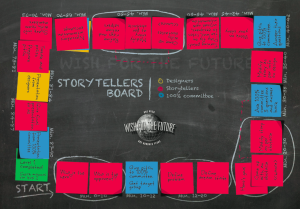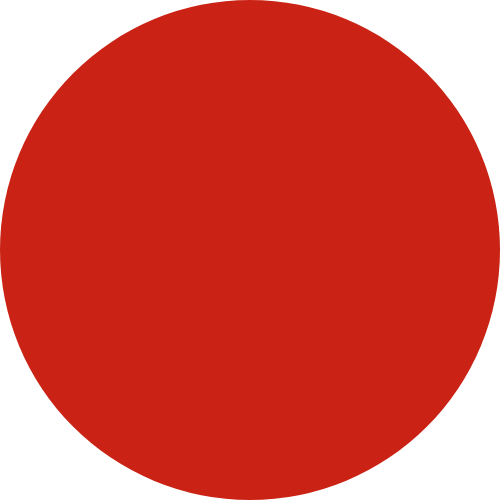
Imagine a neighbourhood being collectively evicted. Councils have tried and failed to come up with a solution that alleviates gentrification; urban planners have given up, other authorities shun responsibility. What if the answer can be found in a simple game that can be applied to any problem? A fun game that can be downloaded and printed at home, a collaborative game that ignites the greatest power we all have: our imaginence (imagination + intelligence). Could local solutions created by friends and neighbours trigger landslide change?
Vivid Ideas in Sydney invited us to play the game with a groups of 19 participants from policy, social housing, and areas such as architecture, filmmaking, arts, media, and social work. They joined us in the ambitious endeavour to co-design solutions to developments issues in Australia’s social housing policy.
Inspired by 1-hour prototyping workshops, the game itself works like a handbook that guides players and can be applied to any problem. Combining storytelling, collaboration and game mechanics, the concept uses absurdity to inspire divergent thinking, and applies design principles to ensure realistic outcomes. By also creating a collective narrative that explains the solution, it can be easily explained to outsiders, so the ideas can travel. Results are creative commons and can be shared on a website to increase chances that solutions are implemented widely. We premiered in June 2013 at Vivid Ideas in Sydney.
The game was developed to help neighbourhoods, friends and other communities to come together for a social night to ideate and create around shared concerns. Therefore, the game itself is released under a non-commercial share-alike creative commons license, so you can download, print and play, no pay! (Warning: at the moment the game still needs facilitators, who know a bit about open design. We’re working on it.)
The concept was created by Ele Jansen and Lance Weiler, both Reboot Stories. Additional game mechanics were designed by Deepti Raavi and Purnima Iyer, Pinaka Interactive. Graphics by Northern Army (wishforthefuture logo) and Monique Coffey (game boards, moniquecoffey.com). The specific session at Vivid was co-created with Jordan Bryon, who works with members of Sydney’s housing communities in a participatory storytelling project called TURF.
This game is part of Reboot Stories’ www.wishforthefuture.com and will be available on the site once it is ready to be played without a facilitator.
The game can be downloaded at www.learndoshare.net.
